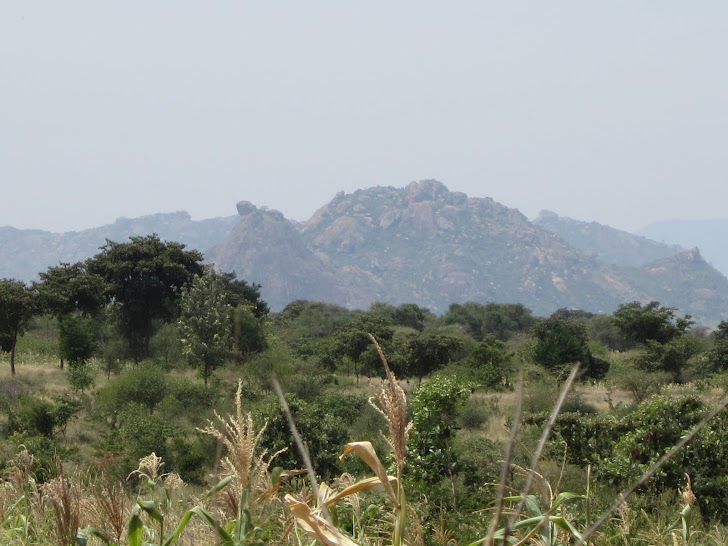Over the course of the of the week we have had some highs and lows.
We arrived at Peter's house outside of Matuu (Kviningoni) on Wednesday.
First we stopped at the church where we installed two rainwater catchment barrels to help through the dry season. Both of the barrels had water in them. One was moved to the side of the church that is not visible from the road as there is concern that the tank might "grow legs" as they say in Kenya. The church plans to move one of the barrels to another new building right next door. It is good to know that the barrels are in use and are functioning well!

Once at Peter's, we found that the well had filled with sediment from the 2 months of rain. Using a mix of the manual method and the drill that we had borrowed 2 years ago, it took us about 5 days to make it back down to the 27 feet that were drilled in June. We had to use the mechanical drill to pound through the compacted sediment and flush out the fines and then the manual method to flush out the sand. It took us a day to get the motors of the drill and sump pump in working order. Yesterday when we got to 27ft. we were elated. Then a bit broke off when we were using the manual method, and it got buried in sand so that we could not fish it out with our magnets.
 |
| The bit that lost the tip to the rock on the bottom! |
This morning we had 4 ft. of recharge and the water on the top of the well was really clean. Then we found that 5 frogs had made it to the bottom of the well! Martin, a neighbor who is helping, was able to fish them all out. We bailed down to 21 ft. by lunch. We are hoping that the well is deep enough to case as is, otherwise we will have to get the bit head out and drill further. As we wait to see how much the well will recharge, we are now in Matuu town getting the last of the supplies.
 |
| Drilling with the mechanical rig |
 |
| Setting up the manual method |
 |
| The handle and two bits for the manual well |
 |
| The frogs that jumped into the well! |
 |
| The bit we used with the mechanical drill- this is the bit that we used in 2010 and that Peter used in 2011 to widen the hole that was dug using the manual method |
 |
| Jessica and Mary Anne fetching water by digging a hole and collecting the water that percolates up through the sand |
 |
| Bailing the well so that we can measure the recharge rate |
Hope for the best!





























